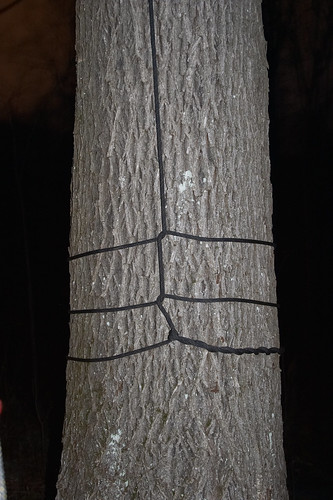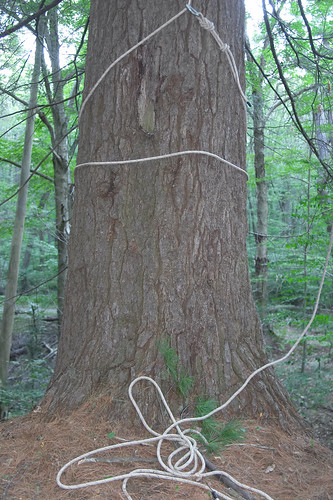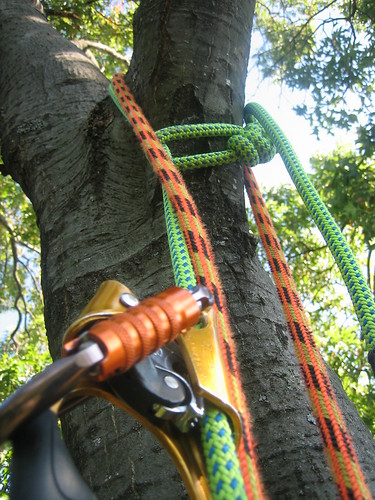Adkpk
Addicted to ArboristSite
What knots are used to anchor the line for srt? Good and bad and where and when they are used. Everyone has a different knot to anchor their lines before starting off on a rope to climb single static rope. It will help us new to srt to see what the pro's use. So far I have had 4 srt climbs and no incidents but have seen and learned that not one knot is always the right knot. So please include your bad tie offs too and why they are bad. Pics of course are very helpful. :camera:









